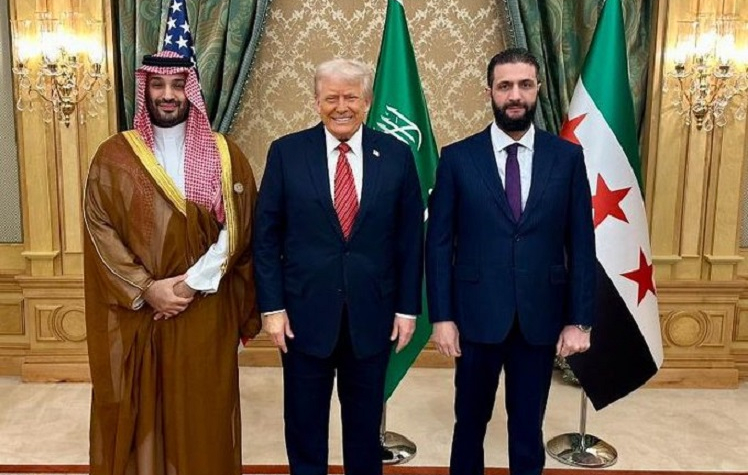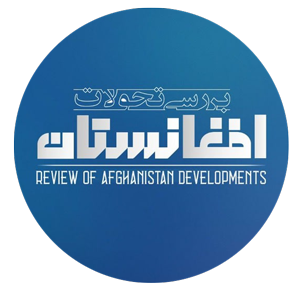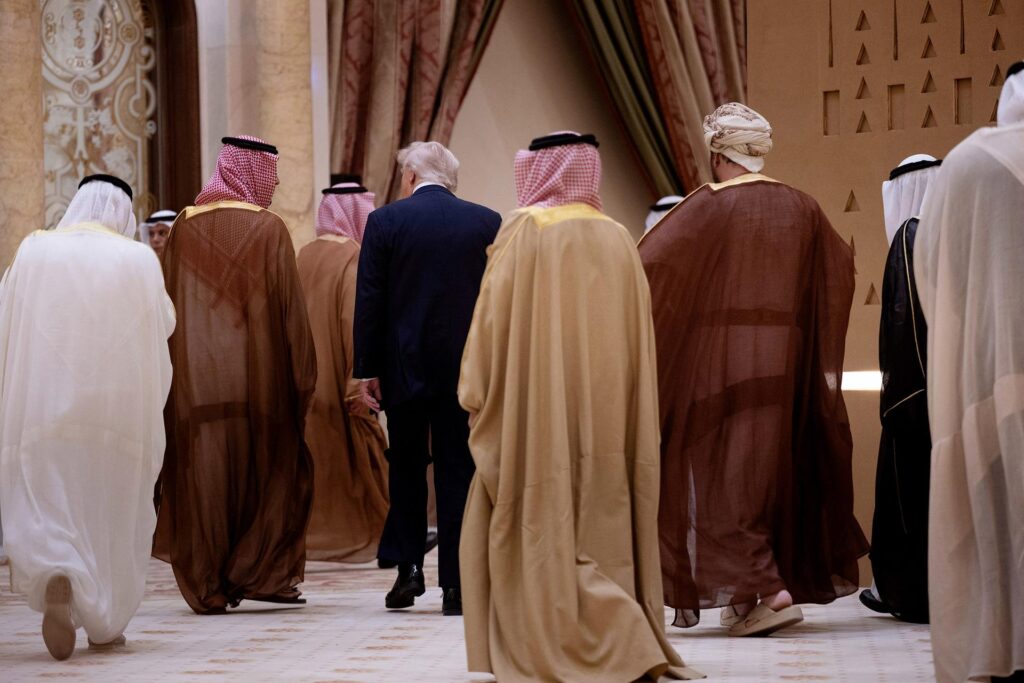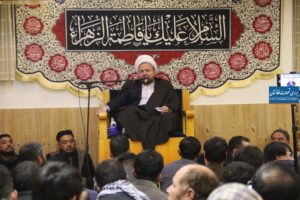Review of Afghanistan developments
The recent visit of President Trump of the United States, accompanied by a political and business delegation, to the countries of Saudi Arabia, Qatar, and the UAE, marked one of the most significant developments in recent days. During his visit to Saudi Arabia, Trump finalized an economic-military cooperation package worth several hundred billion dollars with Saudi officials. This package includes a $142 billion arms deal between Washington and Riyadh, as well as Saudi Arabia’s commitment to invest $600 billion in the United States.
The meeting between Trump and Ahmad al-Shara in Riyadh, attended by Crown Prince Mohammed bin Salman of Saudi Arabia, was another significant aspect of this visit. Following the unexpected lifting of sanctions on Syria, Trump met with the Syrian President and praised Ahmad al-Shara without referencing his past.
Following his visit to Riyadh, Trump arrived in Qatar. During this trip, he toured the Al Udeid Air Base, which is the largest U.S. military base in the Middle East, and signed various commercial and military agreements with Qatari officials, including a trade deal for the sale of Boeing aircraft. Trump stated that the value of the contract for the purchase of 160 Boeing airplanes was $200 billion.
In the United Arab Emirates, Trump engaged in economic discussions focused on security, technology, and innovation with the Emirati ruler. Both parties agreed to establish the largest artificial intelligence center outside the United States utilizing American companies’ technology in the UAE. Additionally, the UAE announced its intention to invest $1.4 trillion in the United States over the next decade.
Trump’s visit to Saudi Arabia, Qatar, and the UAE received extensive media coverage, suggesting that the Trump administration intentionally aimed to amplify the media impact of these trips through their content and surrounding events. The choice of Saudi Arabia as Trump’s first destination, the rapid developments in the Middle East over the past year, the ongoing negotiations between Iran and the United States as a significant turning point, and the signing of major economic agreements have all contributed to various analyses regarding Trump’s Middle East tour.
Nonetheless, a fundamental question arises: should the nature of Trump’s visit to Saudi Arabia, Qatar, and the UAE be interpreted solely as business transactions between the United States and these nations, or can it be viewed as the beginning of a strategic alliance?
Business transactions and strategic interactions
Trump’s journey can be characterized as a blend of economic and military diplomacy, as well as a demonstration of the strategic alliance between the United States and Arab nations, particularly Saudi Arabia. From a realist perspective, for Western countries like the United States, the economic element plays a central role even in political diplomacy. Therefore, trade agreements and the procurement of military equipment for American defense contractors serve as a source of profit and investment, representing one of the most significant markets in the Middle East.
While America’s strategic involvement with the Arab nations of the Middle East sought to promote American products and technology and draw investment into the U.S. economy, it is essential to analyze Trump’s visit from additional viewpoints as well.
Considering Trump’s slogans from both before and after the election, it appears that the US government aims to diminish its military and security emphasis in the Middle East. To achieve this, it seeks to establish an alliance that ensures the region not only safeguards Washington’s economic interests but also does not present a threat or become a battleground for competitors such as China.
- An analysis of the events leading up to and during this trip suggests that the United States aims to establish a triangular alliance in the region, primarily involving the United States, Saudi Arabia, and Turkey.
While Trump did not travel to Turkey during this tour, his meeting with Ahmed al-Sharaa should be viewed as a consequence of Turkey’s influence on the events in the Middle East, a factor recognized by the Trump administration. The significance of Turkey’s involvement in the downfall of Bashar al-Assad’s regime and the ascendance of Tahrir al-Sham is a matter of consensus among all countries.
While President Trump’s trip to the area did not involve discussions with Turkish representatives, his conversations with Ahmed al-Sharaa should be interpreted as an acceptance of Turkey’s involvement in the events unfolding in Syria.
The political consequences of Trump’s visit to the region
The Middle East has consistently been a central aspect of American foreign policy. Trump’s trip to the region, particularly to Saudi Arabia, is expected to influence the political dynamics and future perspectives of the area. During the interval between Trump’s initial and subsequent terms, Saudi Arabia’s policies began to pivot towards China, a change that was evident in both economic and political spheres.
Beyond its economic influence in the Middle East, China has emerged as a significant political actor. One notable instance of its diplomatic engagement is Beijing’s role in mediating between Saudi Arabia and Iran, highlighting its involvement in regional politics. Furthermore, the increasing collaboration between Middle Eastern nations and Russia has raised concerns in Washington. It appears that Trump aims to counter the Middle East’s shift towards China and Russia, seeking to transform the Arab states in this region into strategic allies of the United States.
It appears that the strategic policies of Russia, China, and Iran regarding the Middle East are unlikely to cease; instead, these nations will persist in their strategic perspectives and engagements with the region for a multitude of reasons.

Consequences of Trump’s trip for Afghanistan
Afghanistan is situated in South Asia within regional divisions, and while it does not belong to the Middle East sub region, events in both the Middle East and South Asia have consistently influenced one another.
With the recent establishment of relations between the United States and Saudi Arabia, Riyadh is expected to regain its influential role in the affairs of Islamic nations as seen in previous decades. This enhancement of Riyadh’s position will likely influence its perspective and strategies regarding Afghanistan. Furthermore, Turkey is anticipated to seek aligned policies in collaboration with this newly formed alliance.
It is anticipated that Saudi Arabia, Turkey, and the United States will implement a coordinated policy concerning Afghanistan. This trilateral partnership is likely to leverage its influence and standing in international decision-making related to Afghanistan. The outcomes of this new alliance may become evident during the forthcoming meeting in Doha.
Related Articles:
Great Powers Politics in Afghanistan, Syria and Ukraine
Consequences of Trump’s approach to the Taliban
Conclusion
The policy of the Trump administration is centered on the principle of ‘America First,’ clearly indicating that the current US administration prioritizes national interests in its foreign policy. This principle is evident in Trump’s visit to Saudi Arabia, Qatar, and the UAE. Conversely, Saudi Arabia and other Arab nations are also focused on safeguarding their own interests in their dealings with the United States.
Conversely, Trump’s visit to the Middle East encompasses non-economic aspects and indicates the emergence of a tripartite political alliance, which aims to align Saudi Arabia and Turkey with the United States in advancing American interests in the region.
An examination of the historical interactions between countries and the United States reveals Washington’s instrumental view of its allies. The European Union has long been the United States’ most significant ally; however, during the Trump administration, when U.S. policies became more overt, even this key ally was not spared from America’s self-interested perspective.

















